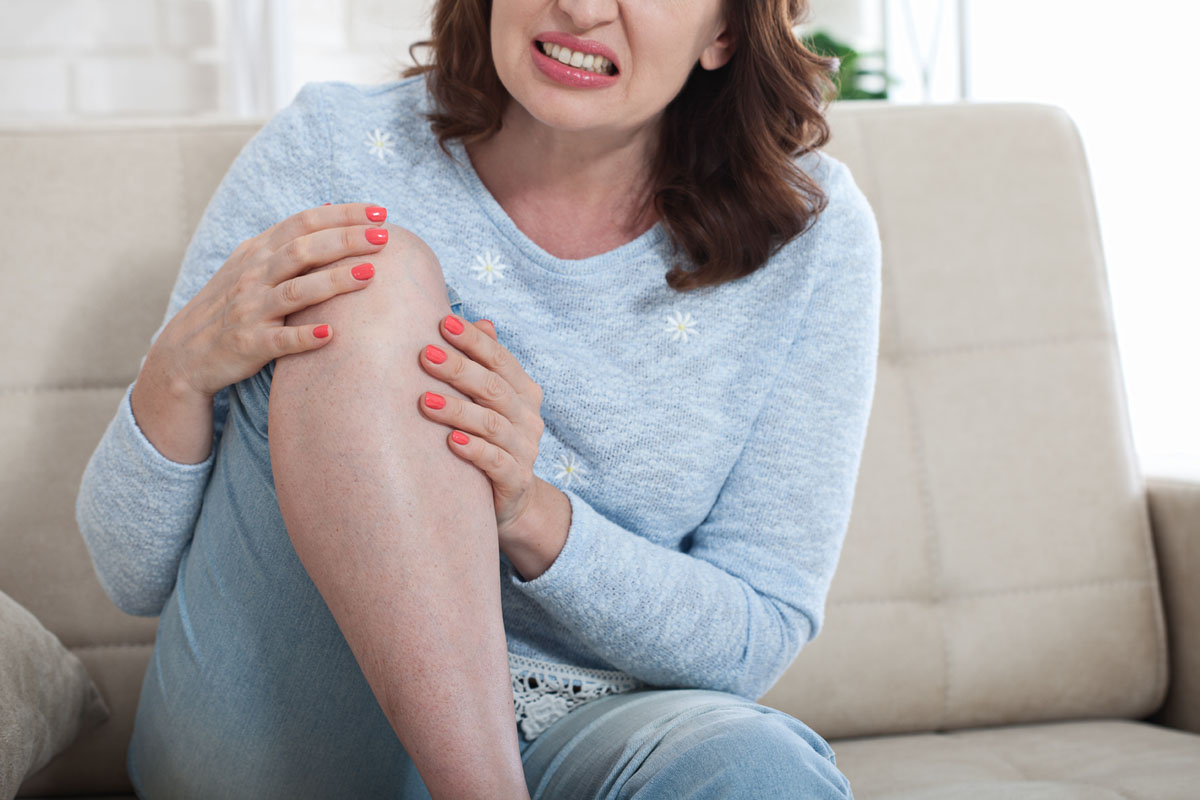To lead on from Sam’s previous blog posts about lateral hip pain, I thought I would highlight an area of emerging understanding in the last few years for musculoskeletal physiotherapy, and that is the effect of the menopause on the body.
I am sure we are all well aware of the effect of reducing oestrogen on the body, but have you ever thought about that with regards to tendons and muscles? What we are finding is that most women aren’t getting this lateral hip pain, until post menopause. Obviously there are exceptions to this, but this is a pattern we as clinicians see in the clinic and the research is really catching up!
Essentially, the reduced oestrogen results in changes in the connective tissue which in turn has an adverse effect on the tendons. These changes can lead to stiffness, decreased flexibility, and increased risk of injury. Additionally, the hormonal changes during menopause can contribute to weight gain, which can further exacerbate the issue.
Now you may be thinking the quick fix for this is HRT, but as with HRT in general there is not a one size fits all and unfortunately the research so far has not been able to support this as being an effective way of treating tendon pain. In fact, an increased BMI (> 25) has been found to have a more significant factor on tendon health. Therefore, managing weight through proper diet and exercise can be a crucial aspect of reducing tendon pain.
There have been two significant research trials for lateral hip pain in the last few years, GLoBE and LEAP. The latter I tend to follow in my clinic with the prescribed exercises.
‘BUT the findings really are that ANY exercise seems to have benefit along with load management’.
That means avoiding over-loading the tissues and managing symptoms within your pain limits. The importance is the continuation of these exercises, or strengthening, long-term, to maintain the benefits.
This brings me onto my next blog post, where I will discuss the importance of exercise for the post-menopausal woman. Exercise is a powerful tool for managing the effects of menopause on the body, including tendon pain. Through proper exercise and load management, women can improve their overall health and reduce the risk of injury. I will share some exercises that are safe and effective for women in menopause to incorporate into their daily routines to help manage tendon pain and maintain their overall health.
At Head2Toe Physio, we can help you work out what stage of injury you’re at and how best to manage things from here on in. Even better we can work with you to try and make sure it doesn’t happen in the first place!
Exercises are often prescribed and a range of manual therapy techniques used. Techniques used might include massage, joint and soft tissue manipulation, acupuncture , taping and electrotherapy.
All our Physiotherapists are highly qualified, experienced, with a variety of post graduate specialisations. If you or anyone you know would like to have a physiotherapy assessment with the team at Dorking , Leatherhead or Crawley , book online here or contact us here.
Blog post guest written by Anna Watson, Senior Physiotherapist, Dorking, Leatherhead, & Crawley Clinics.

BJSM PODCAST MAY 2022 Menopause therapy and greater trochanteric pain syndrome with Racheal Cowan and Jill Cook





